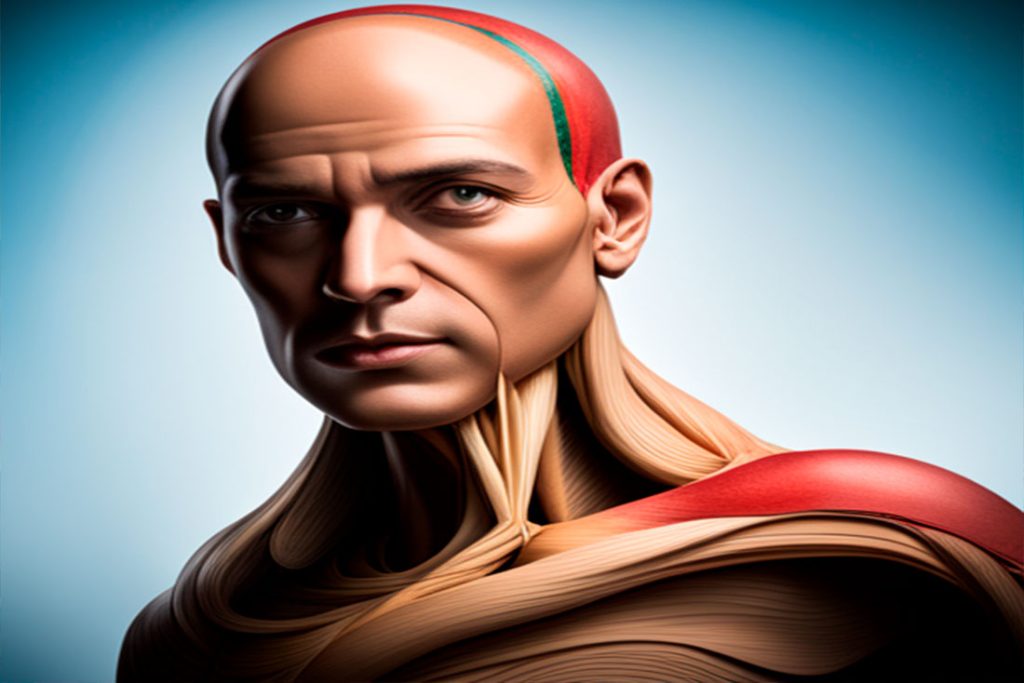Understanding the Muscular System: An In-Depth Review
This article provides a comprehensive review of the muscular system, which includes three distinct types of muscle tissue: skeletal, cardiac, and smooth muscle. Each type of muscle tissue is differentiated by its control (voluntary or involuntary), appearance (striated or smooth), and association with either the body wall or organs and blood vessels. The role, structure, and location of each muscle type within the body are discussed in detail. The article underscores the importance of understanding the unique characteristics and functions of these muscle tissues in maintaining overall bodily function and health.

Muscular System
The muscular system, typically understood as the network of tissues that control bodily movement, actually comprises three distinct types of muscle tissue: skeletal muscle, smooth muscle, and cardiac muscle. These muscle types are crucial components of various bodily systems and their properties can be distinguished by their voluntary or involuntary control, striated or smooth appearance, and their association with the body wall (somatic) or organs and blood vessels (visceral).
Skeletal Muscle
The most prominent type of muscle tissue, making up the bulk of the body’s muscle tissue, is skeletal muscle. Composed of parallel bundles of long, multinucleated fibers bearing transverse stripes, or striations, skeletal muscles are innervated by somatic and branchial motor nerves. This type of muscle is responsible for moving bones and other structures, providing support and form to the body.
Each individual skeletal muscle often carries a name reflective of its specific characteristics—whether that’s shape, attachments, function, position, or fiber orientation. For instance, the rhomboid major muscle owes its name to its rhomboid (or diamond-like) shape, the sternohyoid muscle is so called due to its attachment between the sternum and the hyoid bone, the flexor pollicis longus muscle operates as a long thumb flexor, the palmar interosseous muscle is located in the palm, and the external oblique muscle is named after its obliquely oriented fibers.
Cardiac Muscle
Cardiac muscle is striated muscle tissue that is exclusively found in the heart’s walls (myocardium) and some large vessels close to their juncture with the heart. This type of muscle forms a branching network of individual cells that are electrically and mechanically linked to function as a cohesive unit. The contractions of cardiac muscle are less forceful than those of skeletal muscle, but it exhibits a high resistance to fatigue. Cardiac muscle is innervated by visceral motor nerves.
Smooth Muscle
Smooth muscle, as the name suggests, is characterized by its smooth appearance—lacking the striations found in skeletal and cardiac muscle. Smooth muscle fibers are elongated or spindle-shaped and capable of slow, sustained contractions. Smooth muscle is found in a range of body structures, including the walls of blood vessels (in the tunica media), in association with hair follicles in the skin, within the eyeball, and in the walls of various structures associated with the gastrointestinal, respiratory, genitourinary, and urogenital systems. Like cardiac muscle, smooth muscle is innervated by visceral motor nerves.
Each of these muscle types plays an essential role in the complex orchestration of bodily functions. Skeletal muscle permits motion and provides physical form and support, cardiac muscle maintains the heart’s relentless beat, and smooth muscle carries out numerous tasks in various organ systems. A comprehensive understanding of the muscular system thus requires an appreciation of these distinct muscle tissues and their respective roles within the body’s overall physiology.











